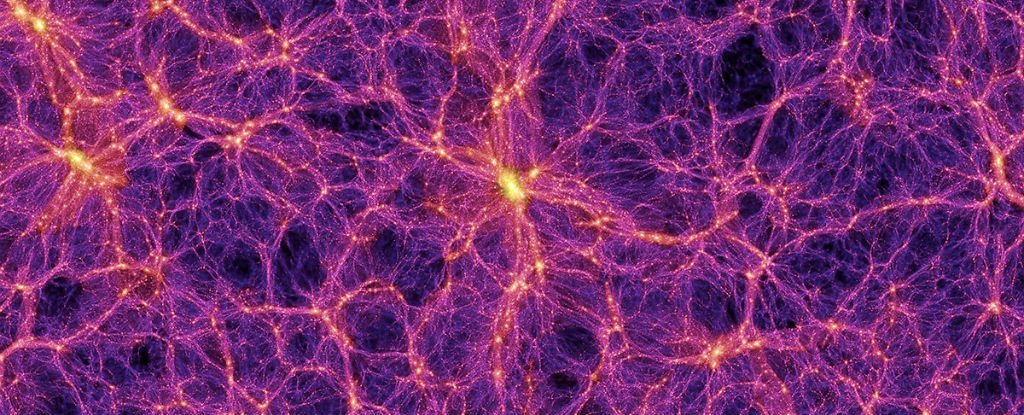There are several terms in the English language that can be used to describe an entity of very huge proportions- massive, gargantuan, colossal, gigantic, brobdingnagian, astronomical etc. However, all those terms might not be quite adequate enough to describe the latest discovery of a Canary Islands-based research team- a group of superclusters, known as the BOSS Great Wall, which spans around 1 billion light years and is purported to be the largest ever structure found in space. Here is everything that we know about the discovery so far:
Whoa! What is this BOSS Great Wall?
The name “BOSS” does sound appropriate for this new cosmic entity, given its mind-blowing size, but it actually stands for the Baryon Oscillation Spectroscopic Survey. This megastructure, discovered by a team from the Canary Islands Institute of Astrophysics, can be considered to be a string of superclusters lying around 4.5 to 6.5 billion light years away from earth. These superclusters are connected by galaxy filaments, which stretch across the universe like a gigantic web.

‘ We found two walls of galaxies … that are larger in volume and diameter than any previously known superclusters. Together they form the system of the BOSS Great Wall, which is more extended than any other known structure’, said the research report.
‘On the grandest scales, the universe resembles a cosmic web of matter surrounding empty voids – and these walls are the thickest threads,’ says Joshua Sokol, reporting for New Scientist.
So how big is this thing really?
Okay, so you know how big the Sun is, right? Our galaxy, the Milky Way has more than 200 billion stars, just like the Sun, with an unknown number of planets orbiting them. The BOSS Great Wall comprises 830 separate galaxies and has a mass around 10,000 times more than the Milky Way! So its entire size is of staggering proportions and literally infinite when perceived from our limited scope.
Have we found superstructures like the BOSS Great Wall before?
Yes. The CfA2 Great Wall (also called Coma Wall), discovered in 1989 by a team of American astronomers, was one of the largest known superstructures at that time. Depending on the figure and reference used, it has maximum dimensions of either 500 million or 750 million light years, and is 200 million light years in width and about 16 million light years in thickness. It comprises of three massive galaxy superclusters called Hercules, Coma and Leo.
Another cosmic structure, known as the Sloan Great Wall, was discovered by Princeton University in 2003. The Sloan Great Wall is around 1.38 billion light years (1.30×1025 m) in length, and is nearly 1.8-2.7 times longer than the CfA2 Great Wall.
In September 2014, the Laniakea Supercluster (which includes our won Milky Way and its home Virgo Supercluster) was discovered by a group of astronomers from the University of Hawaii and University of Lyo,. This new megastructure has dimensions of 500 million light years across.
To put things into perspective, the BOSS Great Wall is at least two-thirds larger than all the three structures mentioned above!
Is this really the largest structure to be found?
Well, there is no clear agreement on the BOSS wall being the biggest structure in the universe. Some have argued that it should not be considered even as a structure in the first place, since the superclusters are not actually connected and have dips and gaps between them that are sort of linked by clouds of gas and dust.
Astrophysicist Allison Coil of the University of California in San Diego says: ‘I don’t entirely understand why they are connecting all of these features together to call them a single structure. There are clearly kinks and bends in this structure that don’t exist, for example, in the Sloan Great Wall.’
The definition of a structure ultimately boils down to personal viewpoints, and as of now, a majority of researchers are of the opinion that this is indeed a single superstructure. The funny thing is, the BOSS Great Wall is unlikely to remain the largest structure for a long time, since rapid advancements in technology have ensured that we can easily dwell further into the secrets of the universe.














Leave a Reply